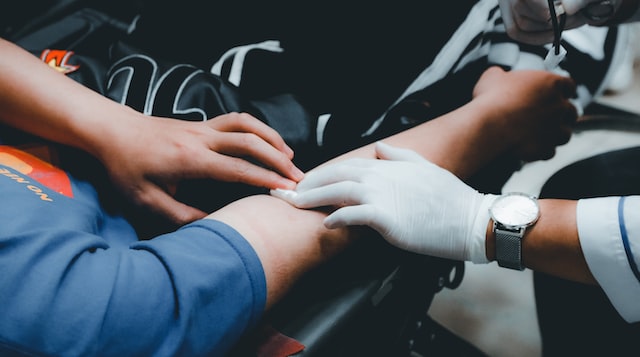
It was around that time that city of Rijeka, often branded as “the port of diversity”, took a sort of guerrilla approach and implemented civic education as a separate subject in city schools.
The idea came from psychologist Sanda Susanj, head of the city’s Department of Education and her colleague from the city administration, Lea Stoiljkovic Medved, an expert on communication and transparency. Disappointed by the repeated failures of different governments to solve the problem, they pondered possible solutions with the support of then mayor, Vojko Obersnel.
“It’s not only the lack of citizens’ participation that we often witness among young people, but also intolerance to differences and low awareness of ecological issues. We wanted to equip them with the knowledge and skills they should have in a modern, civilized society,” Susanj recalls.
She and her team suggested offering civic education to elementary schools founded by the city as an extracurricular voluntary subject, without grades, and with up to 70 school hours per year. Teachers conducting the program would be paid for the extra hours by the city.
Once they got a green light from school principals, they invited experts from schools, universities and the NGO scene to write the curriculum and the textbooks. The Good Initiative was invited to educate teachers on how to implement the curriculum in practice.
That first year, around 20 teachers from different schools in Rijeka asked to participate. After teachers went through more than 80 hours of detailed education, the program started in 2016 with fifth-graders in six schools. One year after, 14 more schools joined in and the program was expanded to senior grades. In its third year, around 700 students from 25 schools attended the voluntary classes and, according to surveys, most expressed a positive opinion.
“Many activities are done as a fieldwork, so the children can learn through experience,” says psychologist Orjana Marusic, one of the experts involved in implementing the program. Although the curriculum and textbooks are there as guidelines, every teacher chooses their own field projects – some students help in animal shelters, some visit nursing homes or talk with young refugees, some do permaculture gardening.
Marusic, for example, gave them an ambitious task – to explore what citizens know about automated external defibrillators, emergency devices that can save lives in cases of heart attacks. Pupils learned the basics about the devices, made questionnaires, and groups in teams of three went on to the streets to do a survey. In the next classroom meeting, they entered the data into computers and analysed the results. Many people didn’t have a clue about defibrillators. As a result of the pupils’ efforts, their school and local emergency health department drew up educational leaflets, which were distributed to the public.
“The idea is to learn how to scientifically explore and develop critical thinking,” explains Marusic.







